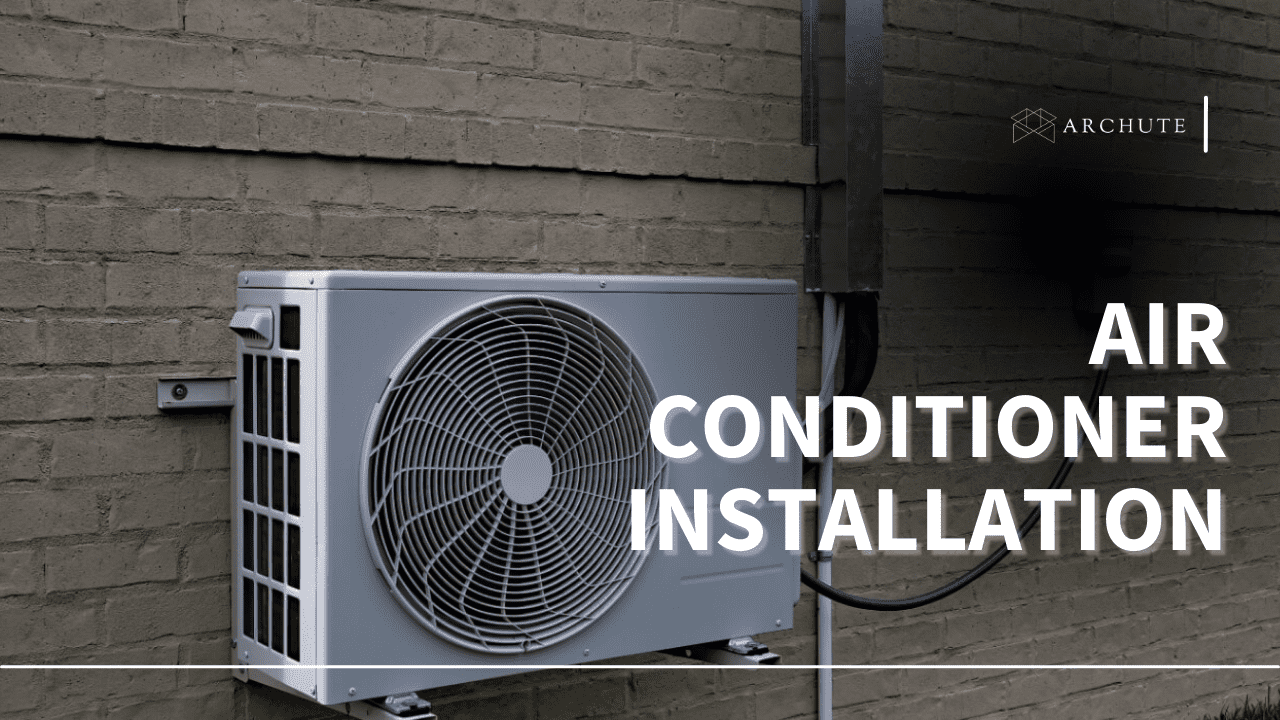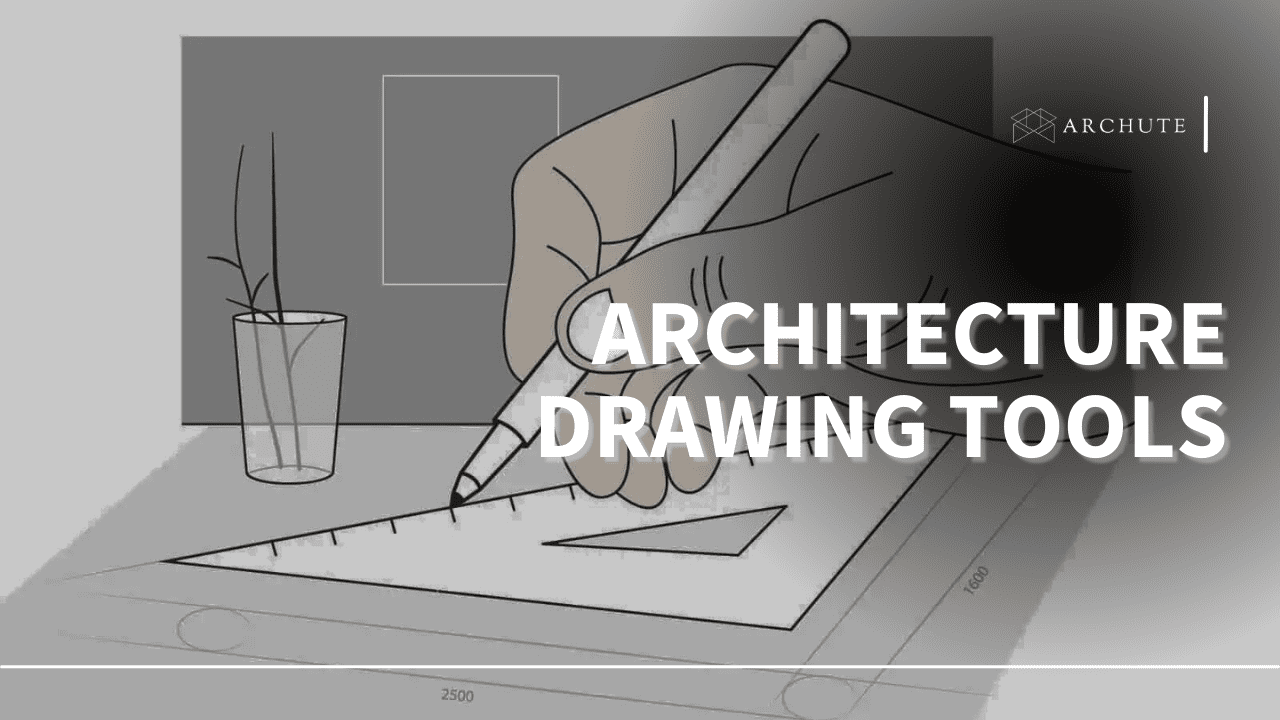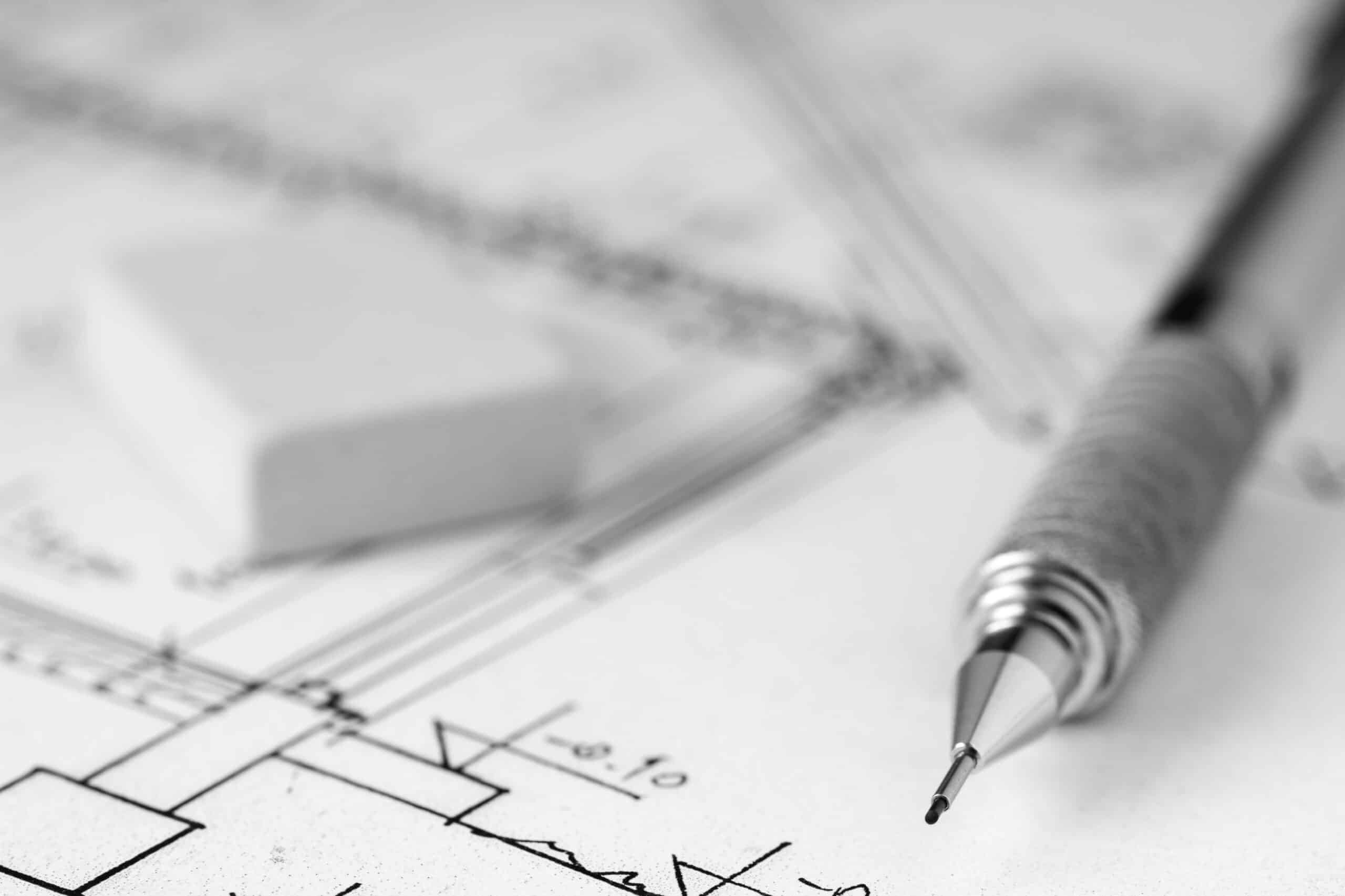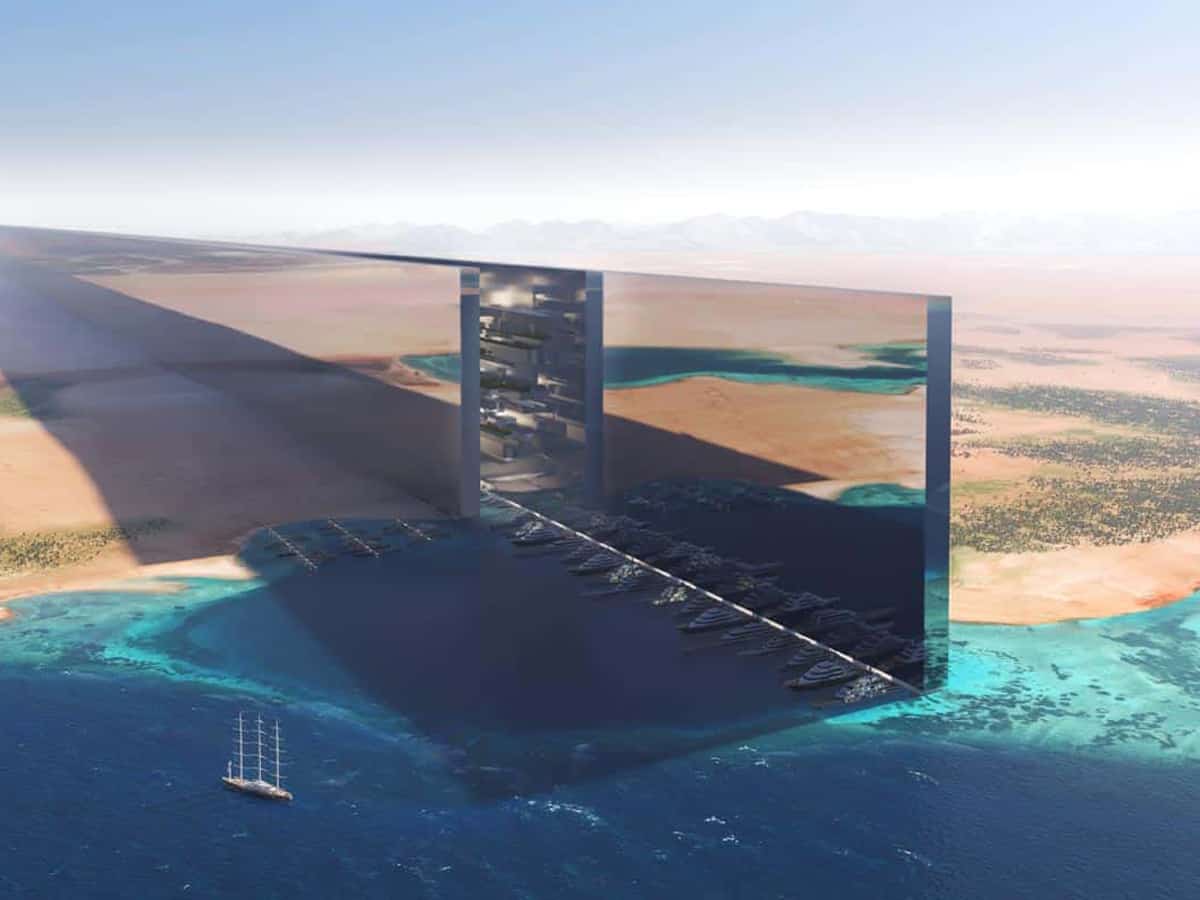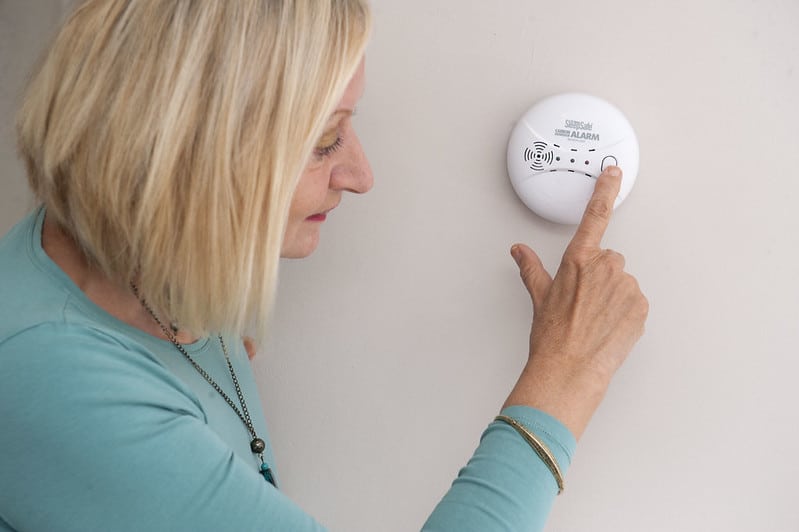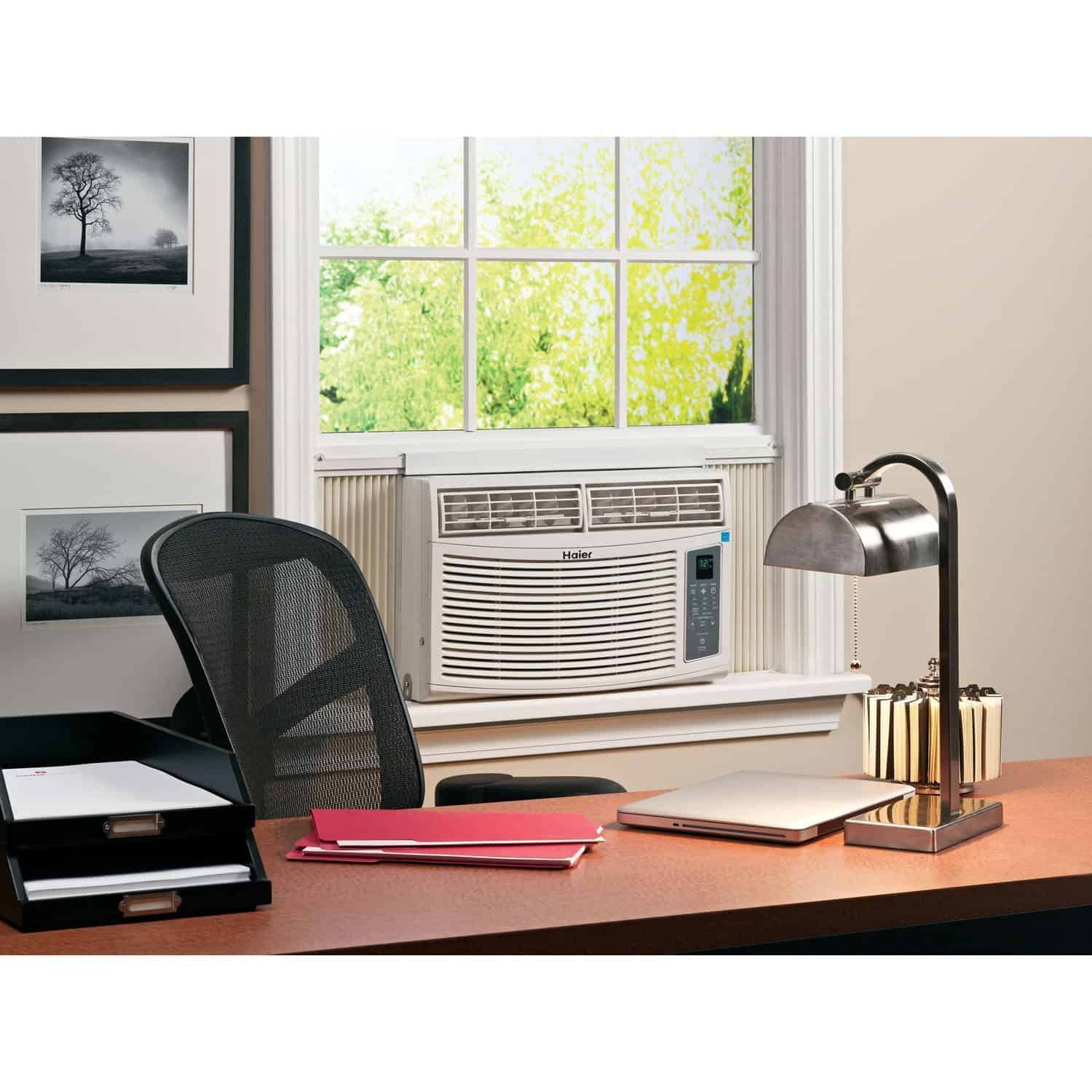If you are planning to fit a new air conditioning system in your home then it could be useful for you to come to this article. Depending on the specifics of the particular case, there may be several elements that you should know before starting. Such knowledge is essential as it would enable you to avoid making wrong decision and end up with a wrongly installed system.
Here are the things you need to know before AC installation.
Types of Air Conditioner Units
Before you can even begin to think about air conditioner installation, you need to decide what type of unit you want. Here are the most common types of air conditioners:
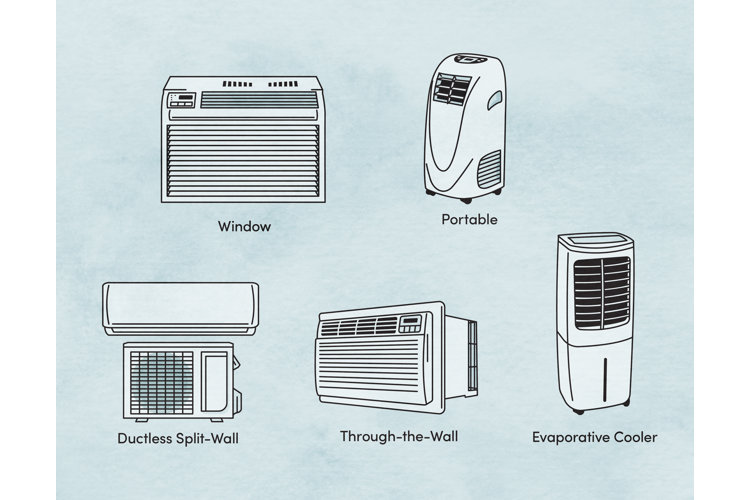
Image Credits: wayfair.com
- Ducted Air Conditioner: A ducted air conditioning system is also of similar nature as split system air conditioner, however while this particular air conditioning system comes with two units, their resemblance is in the sense that they are connected through ducts.
- Window Air Conditioner: A window air conditioner is one that is placed in a window and has a limited space hence does not need any ducts.
- Portable Air Conditioner: A portable air conditioner, is an air conditioning appliance that can be easily moved around a house and does not require any fixing.
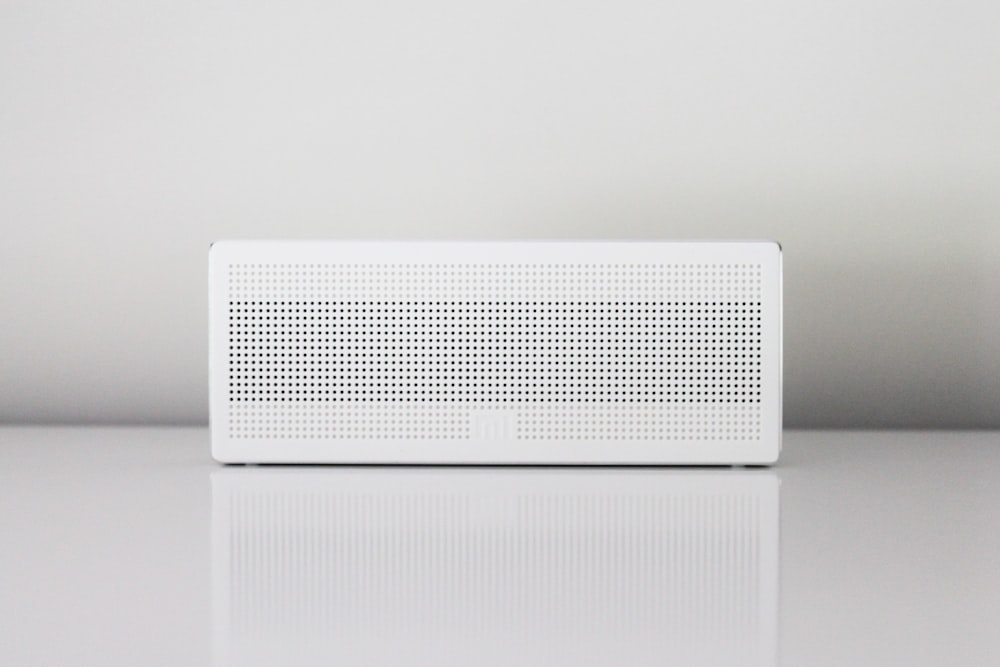
Image Credits: unsplash.com
To determine which of these air conditioners is best, the size, budget you have and whether or not mobile ac is what you are willing to use to cool the room or area that you want is very crucial.
For instance, if you have a vast area to cool and restraints on costs, then it will be right to install a split-system air conditioning. Still, if the need arises to easily transfer the unit from one room to another, then the portable unit may do the trick for you.
Factors to Consider When Setting up AC Systems
a) Location
Another decision is whether the air conditioning will be situated inside the home or in some external location. :It would be better if they choose a place that is safe from interference of other items within the station such as furniture’s. ‘Proper airflow is important for the air to flow throughout the room and cool it down effectively. ’
It is also important not to install your air con unit near your windows because this can hamper its performance and cause your air conditioner to overwork. This implies that for the air conditioning system to do this work it use more electric energy hence lowering the efficiency.
If you are still; uncertain where to have the air conditioning units installed then you might want to seek the services of an HVAC contractor that handles AC installation. This is because they would need to know where to place your AC system depending on the size of your room or the layout of your house and also they would be in a position to install it given that they have the appropriate tools.
b) Proper Ducting and Insulation Work
After you have chosen the ideal location for the air conditioner, you should then turn your attention to nailing the ducting and insulation job. This is important especially in direction of preventing wastage of electricity since you have to rein in your AC unit. Another disadvantage that stems directly from inadequate insulation is loud noise arising from the AC unit, and that is something no one wants.
Ducting is often carried out by a technician, although it could be accomplished manually should you are keen. Just make sure to remember every instruction you are given and also remember to be accurate especially when cutting material you need for your project!It should also be noted that while Insulation work is something that can be very tedious to do, it is recommended that it only be done by professionals since they have the tools and the experience to do the job.
c) The Right Refrigerant Charge
Last but not least, you’ll need to make sure that your air conditioner has the proper refrigerant charge. This refers to the amount of refrigerant required to be added to the air conditioning system for it to perform its functions. Low refrigerant charge makes your air conditioning system work harder and utilize more energy than required, thus should be checked to ensure it is adequate.
d) How the Size of Your Room Affects Your AC’s Horsepower
The size of the room where the air conditioner is to be installed is one of the most crucial things that one must consider. This is the case because the size of the room determines the capacity of the air conditioner that is required to cool the room efficiently.

Image Credits: hunker.com
If you have a small room, you can get away with a lower horsepower (HP) unit. However, if you have a large room or multiple rooms that need to be cooled, you’ll need a higher HP unit. This is something you should discuss with your air conditioner specialist to ensure you get the right size unit for your needs.
Frequently Asked Questions(FAQs)
1. How Much Does It Cost to Set up an AC?
Installation costs depend on the type, size, efficiency, and brand of the AC unit you want to install. On the other hand, installation and labor costs vary depending on the house’s size (and layout) and the type of air conditioning required to be set up.
Larger homes will require larger and more expensive air conditioning. The average installation cost is $5,900 for central AC units, $3,800 for smaller systems, and $7,500 for larger systems. If you choose to DIY your window unit, you could spend as low as $200. Labor costs lie between $500 and $2,500, depending on the size and layout of the house.
Different companies offer different quotes. We, therefore, advise you to use their available online calculators or shop around first to identify which is the best offer on the table.
2. What Is Required for AC Installation?
To adequately answer this, you need to consider two factors. One, which tools are required for AC installation, and two, what are the criteria for AC installation? Both are prerequisites that should be met if you’re thinking of setting up an AC unit.
Tools Needed for AC Installation
The following tools are needed for AC installation:
- Screwdrivers and screws
- Tape measure
- L-shaped bracket
- A/C foam insulation weather strip
- A multimeter to check the electrical current of where you’re setting up the AC.
- Hex-head nut drivers
- Pipe wrenches to provide water supply to the AC. For this, you might need an HVAC contractor to ensure you don’t miss anything.
Criteria for AC Installation
You don’t want excessive heat in your home, especially during the hot summer months. Hot air can be draining and cause extreme tiredness in some cases. You’ll need the right AC system to ensure you get all the cooling power you need. So what criteria do you need to meet before setting up your AC unit?

Image Credits: pixabay.com
- What type of AC unit do you want? There are numerous options to choose from – split system, duct system, window wall, and portable air conditioners. A portable air conditioning unit does not require installation. A central AC unit is designed to cool an entire building, while a window unit cools a single room.
- What size do you need? More than physical size, you should know what size your house requires in terms of average power in kW. For instance, in America, you’ll need 1-1.5 kW of cooling capacity per 10 m² of space.
- How much energy efficiency do you need? This solely depends on how much you intend to reduce your energy bills. An energy-efficient air conditioning unit should spend the least amount of kW for each unit of power produced. This is a very important aspect to look out for when shopping for AC units. A split air conditioning system is more efficient than a central air conditioner.
3. How Do I Install an Air Conditioner in My House?
Here are the steps to install an AC system in your house:
- Choose an unobstructed space on your interior wall where you’ll set up the internal unit, called the air handler. There should be a hole through the wall to ensure easy passage of the pipes. Preferably, this should be an area with studs to take the AC unit’s weight. Indoor units need to be centrally placed to ensure easy airflow.The air handler consists of the evaporator coil and blower unit. This section needs to be connected to the house’s existing ductwork. You should run the electrical wires and refrigerant tubing to the outdoor unit.
Image Credits: hitachiaircon.com
- Install the outdoor unit. This consists of the outdoor condenser and a condenser coil. Here, you will need to connect the refrigerant tubing and electrical wiring to the condensing unit.
- Test your air conditioning system. Check for any leaks which may ultimately increase your energy costs. You may also need to turn on your thermostat to ensure you’re getting the right, intended temperature.
4. Where Is the Best Place to Put an Air Conditioner?
Most homeowners prefer setting up AC units where they need fresh air the most or in a central location, such as living rooms or bedrooms. For commercial buildings, the indoor unit should be set up close enough to the outdoor unit to minimize losses.
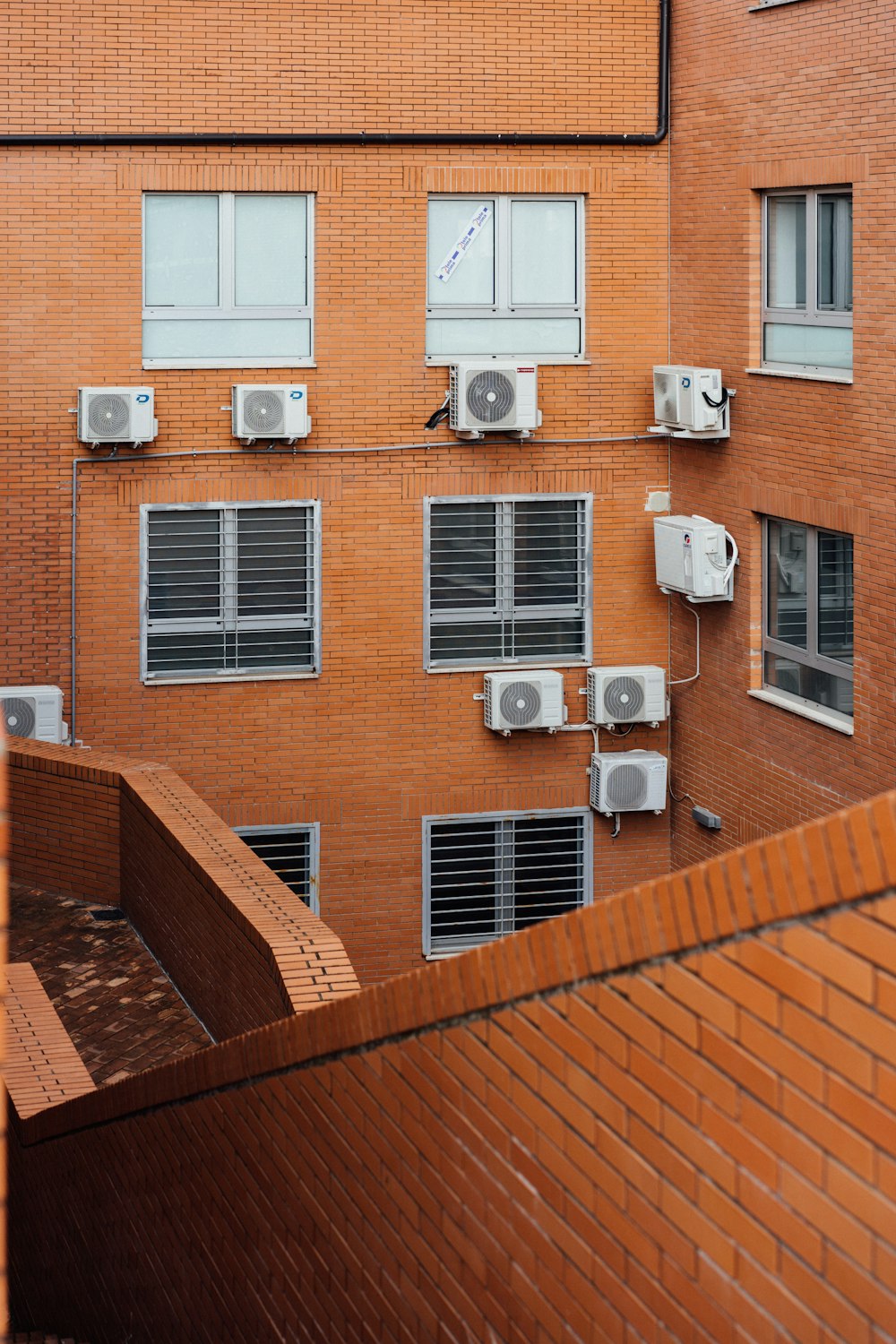
Image Credits: unsplash.com
However, more specifically, the following are the ideal locations to put your air conditioner.
- Central air conditioning system: It should be to stand on a flat and smooth surface and placed not as close to walls or other barriers like fences or bushes. These include that it should allow for FREE circulation of hot air and easy of cold air into the confined area.
- Window AC unit: Ideally, it should be situated near an electrical outlet, and it is important to ensure that it bears the weight of the AC unit. To prevent the air coming into the window the window should be sealed to ensure that there are no any chances of the air finding its way through it.
- Ductless mini-split AC system. It is mostly because they do not need the ductwork or the system of ducts that circulate the air. The best location to install them is at the middle of a room or at anyone’s eye level so as not to cause interference.
When setting up air conditioning units, it is vital to consider other factors such as noise levels, accessibility for maintenance, and aesthetic factors. To ensure you have the best location, consult with a professional HVAC technician.
5. How Long Does It Take To Install AC in a House?
Again, this will depend on a variety of factors, such as the size of the house and the type of AC system being installed. Generally, the installation will take a few hours to days, depending on the complexity of the process used.
Installing a central air conditioning system with ductwork may take around 2-3 days to complete. This is inclusive of all processes, from setting up the inner and outside components, ductwork, electrical, and the drain line (plumbing).
For less complex installations, such as ductless mini-split ACs, the process might take just a few hours. Mini-splits are easier to install than full ducted systems and are more efficient than window units or a central HVAC system. They are also less cluttered and complex.
Also, AC installation depends on whether you are doing regular maintenance or setting up a new unit. A new system will require more time to research, set up, and install, while a replacement system will generally take a shorter time unless your existing AC system is more complex than you envisioned. This is why it is advisable to ensure proper maintenance of your AC systems.
Conclusion
As you have noticed above, there are certain aspects you should have in mind with regards to your air conditioner installation. This entails the floor space area and the amount of space that one is willing to have for giving accommodation to the unit, proper ducting work, and insulation work.
Furthermore, you are also going to need to make sure your air conditioner is properly charged with the correct amount of refrigerant for the system. It is therefore advisable to seek help from a professional person when installing the intercom system since it will take less time to install and one is assured of a quality job having been done.

